A Little TLC for Your Clothing: Tips for Keeping Your Items Looking (almost) New Long Past When They Actually Are
Keep Those Silica Packs
You know those little packs that often come in packaging for things like electronics, handbags, shoes etc.? Don’t throw them out! Silica helps to eliminate moisture and mildew that might otherwise cause damage. I always put some into the pockets of my coats, especially when storing away for the season; that way I know that when I go to wear my favorite winter coat next season it will look and feel the same as it did when I put it away. It’s also a good idea to put silica packs in your dresser drawers among your clothing items, and to keep them in your shoe boxes.
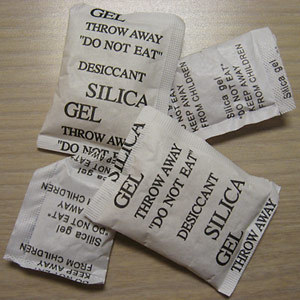
Buy Some Cedar Blocks
Cedar blocks help discourage pests, mildew and odors from damaging clothing. Try putting some into your dresser drawers, garment bags, storage boxes, and boots. Cedar blocks last forever but it’s a good idea to sand them each year to revive their potency as the cedar fragrance can fade over time. You can buy cedar blocks in many places including Bed, Bath and Beyond and The Container Store.
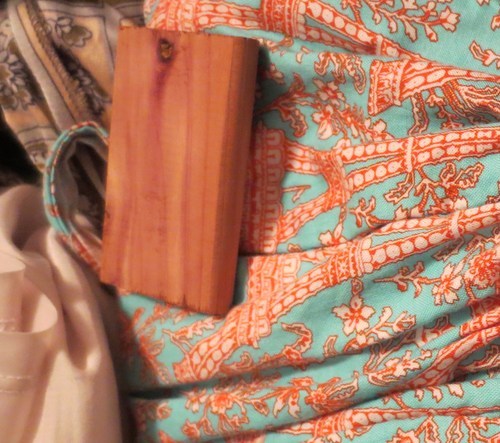
Colorfast Fabrics
Do you have a vibrantly colored piece of clothing that you hope stays as vibrant as when you first bought it? Often dyes on clothing have not been colorfast so it’s worth soaking in a solution of sea salt to ensure the colors won’t fade. Garments can be soaked for up to an hour in a ½ gallon of cool water which contains a ½ cup of sea salt and ½ cup of white vinegar. After soaking, rinse until no more color seems to be running off. This technique works best for single color fabrics. Be sure to change out solutions if colorfasting different colors in batches. If an item is multi-colored there is a chance that colors will run together.
Give Your Washing Machine and Dryer a Rest
I hand wash and air dry most of my clothing items. Pretty much the only things I throw in the washing machine are pajamas/loungewear, socks, bath towels, dish towels, bedding, and a few more casual clothing items. A lot of the tags on clothing say “dry clean only" but in most cases that’s unnecessary. I actually prefer hand washing clothing to taking garments to the dry cleaners because of a couple of disasters I have experienced when I did drop items off, as well I prefer not using the harsh chemicals that are often used in those treatments. Of course, there are definitely great dry cleaning services out there so if you have one you like and prefer that option, that’s great. For me, hand washing clothing is just easier and not nearly as much of a chore as the cartoon below implies.
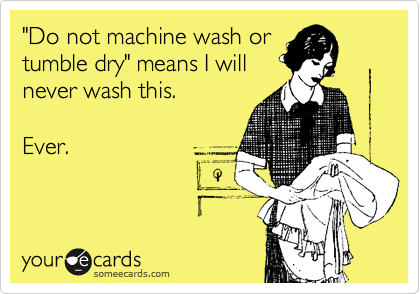
To hand wash something: Simply place the article of clothing you want to wash into a basin/container (make sure the containers is not one that will leak color or anything) and cover with water. I always place the basin in the bath tub and turn on the cold water tap to cover the item. Arm and Hammer Sensitive Skin Laundry Perfume and Dye Free is a good liquid detergent to use. Just allow the item to soak for a few minutes, less or more depending on the fabric, and then rinse out and hang up to dry. For washing sweaters, use a bit of Woolite in a basin of water and squeeze the soap through the sweater. Simply rinse with clean, cool water, squeezing against the side of the basin until it’s no longer sopping wet. If you have a spare salad spinner, they work great to help dry the sweater without stressing the sweater fibers. To dry completely, lay the sweater flat on a towel and be sure to keep smoothing and reshaping as it dries to ensure the sweater keeps its shape.
If your garments are in need of more thorough cleaning, Dryel In-Dryer kits make treating clothing at home really simple.
P.S. If you are worried about getting dry hands use gloves or try The Body Shop’s Hemp Hand Protector.
Invest in a Hand-held Steamer
If you hate ironing as much as I do, that may be reason enough to invest in a hand-held steamer. But not only do steamers help get your clothes wrinkle free, they are also a great tool for freshening up clothing between washes. The steam also puts very little to no stress on fabric, especially compared to traditional ironing. A lot of my clothing has elements (e.g. pleats, beading, etc.) or materials (tulle, silk) that make ironing problematic so it’s great being able to still get the wrinkles out without worrying about damaging anything. The steamer I have is the Shark Steam Pocket Multi-Purpose Portable Steamer and I highly recommend it; it’s not just great for clothing, but also for upholstery, rugs, and even tub and shower surfaces. Another quick tip: on days when you don’t want to pull out the steamer or perhaps are travelling, hanging up clothing in the bathroom after you have had a hot shower really helps too.
Be Like Mr. Rogers
We all may laugh how Mr. Rogers used to always switch out his shoes as he entered his home but it’s a good rule to follow. I have a few shoes and boots that I wear when walking around the city and everything else I only wear indoors. This strategy really extends the life of your shoes and is good for your feet since you’ll be sticking to some old reliables for getting around. Shoe bags are essential for toting a pair of shoes with you – not only do they help keep your bag/purse organized but they keep your shoes from getting scuffed up by loose keys or change. In between wears, boot and shoe forms help to maintain the shape of your footwear, but cardboard tubes and tissue paper works well too.

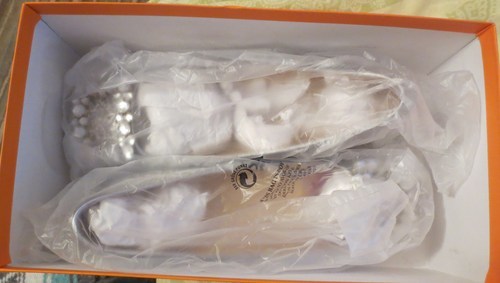
Use Garment Bags and Non-Metal Hangers
If a store asks you whether you want a garment bag with your purchase, say yes! Garment bags are great for protecting particularly delicate clothing or for storing seasonal clothing. You can also buy garment bags at most stores that sell housewares. Even keeping large plastic shopping bags to use as garment bags can really help protect your clothes. I also always keep the zip up plastic coverings that come with bedding. These make great storage for sweaters, hats, purses and other items between uses. I prefer folding clothing in drawers because hanging dresses and blouses can cause damage over time (e.g. stretching out the shoulders), but when using hangers try to opt for padded or smooth plastic ones (basically anything other than metal ones). Speaking of dresser drawers, cover any screws with electrical tape or sand any rough patches inside the drawers to avoid scratching or snagging of fabrics.
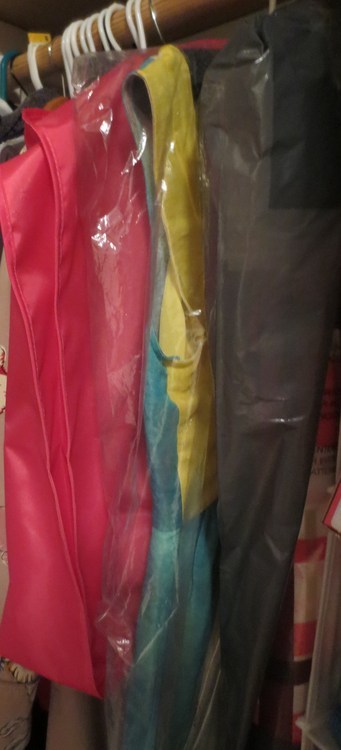
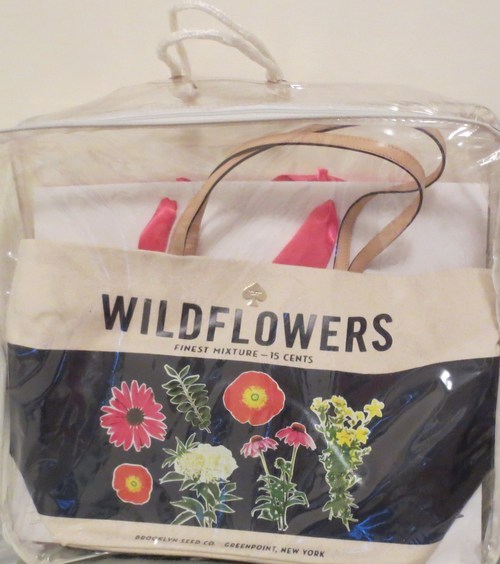
Store those Extra Buttons and Thread (in one place)
Most articles of clothing come with extra buttons and thread, but it’s easy to misplace those over time, especially in the excitement of a new article of clothing. Have a box or container where you put all the ‘extras’ into….you’ll be glad you did when your favorite shirtdress suddenly loses that yellow daisy shaped button. Another tip to lessen the chances of lost buttons and pulled threads is to inspect clothing between wears (even new pieces) for any loose threads or buttons. Sewing buttons on tighter before they fall off is worth the bit of extra time.
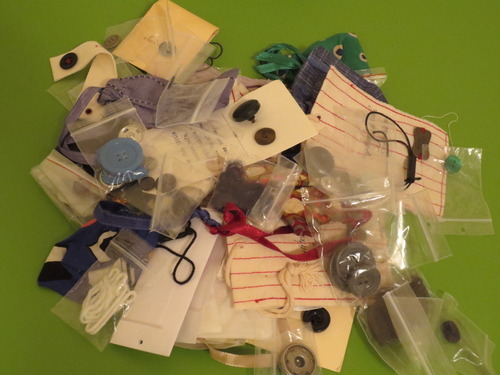
Find a Good Shoe Repair and Tailor
No matter how well you take care of your clothing, eventually you may need some extra help. Knowing there’s a shoe repair and tailor professional you can count on is always a good feeling. Being able to trust an expert to re-sole your favorite pair of boots, fix the strap of your go-to purse, or repair the zipper and lining of your warmest coat will not only enable to keep using your favorite pieces, but also re-instill your appreciation for them. It’s amazing how a little TLC can make something look and feel almost like new again.
No comments:
Post a Comment